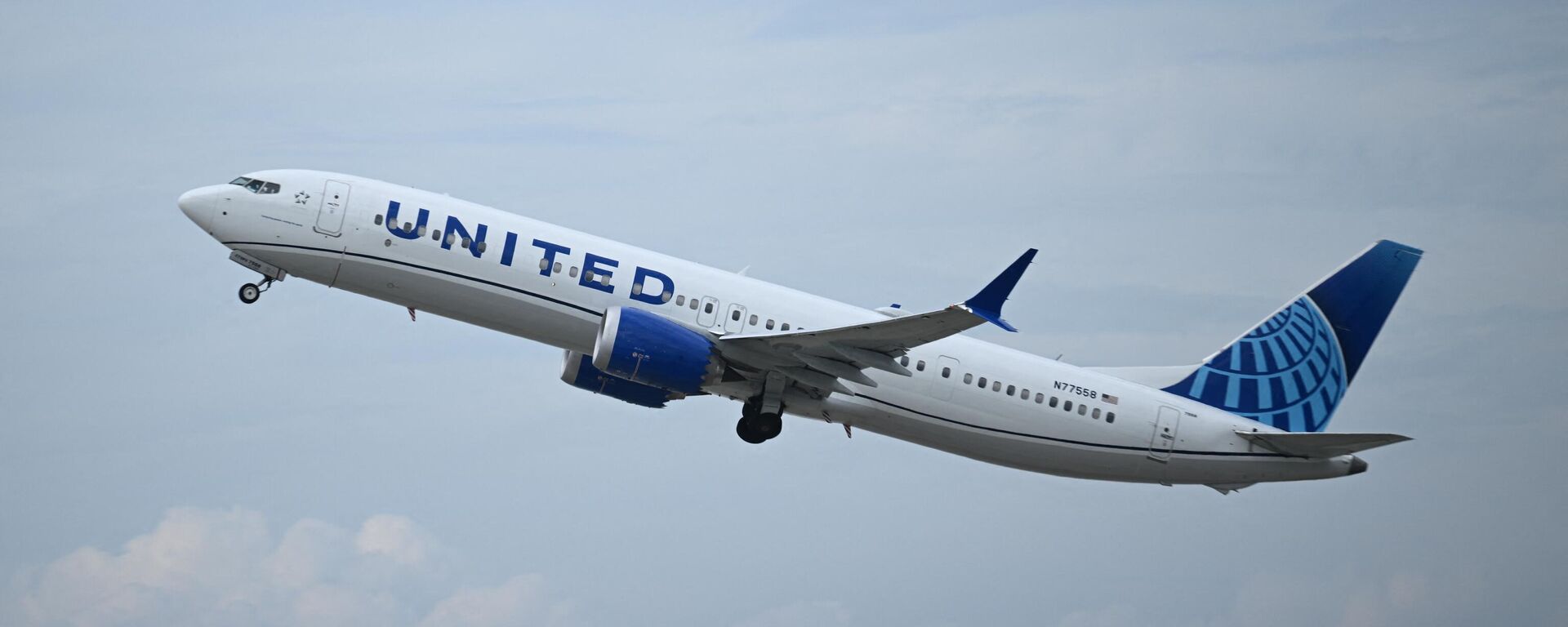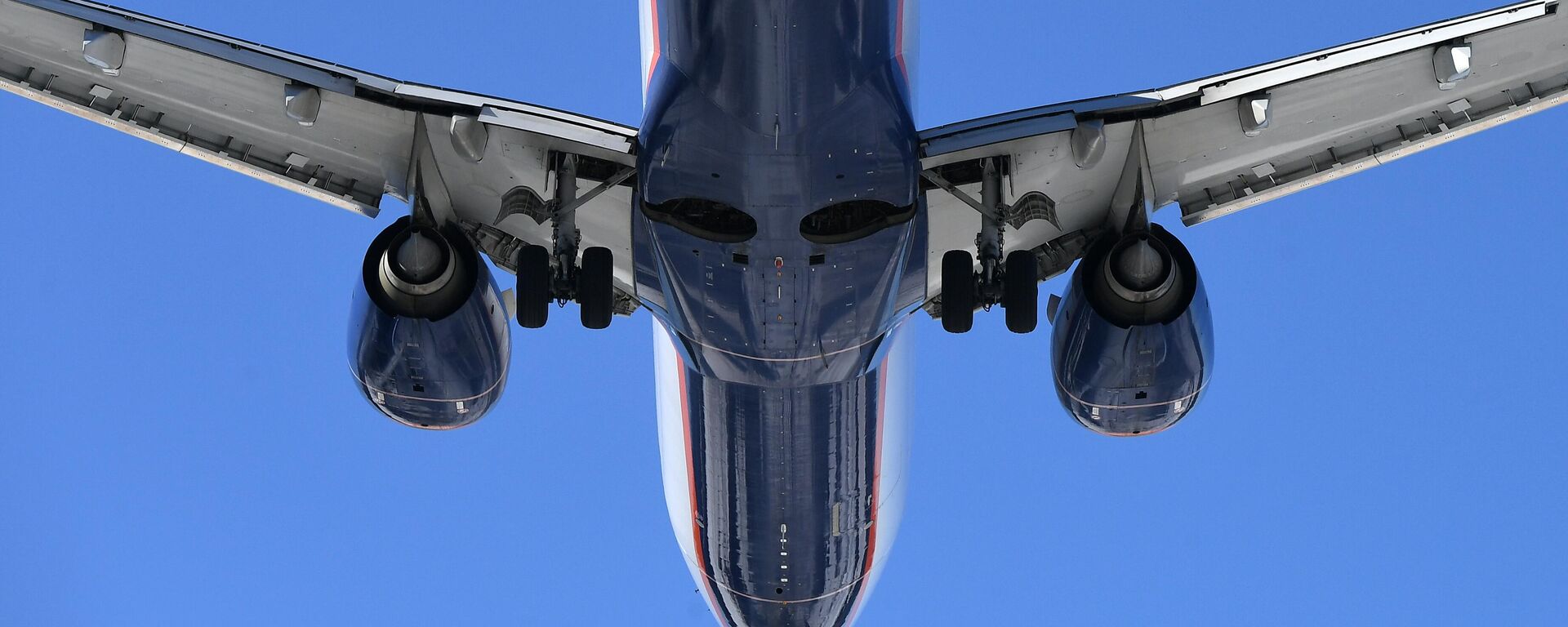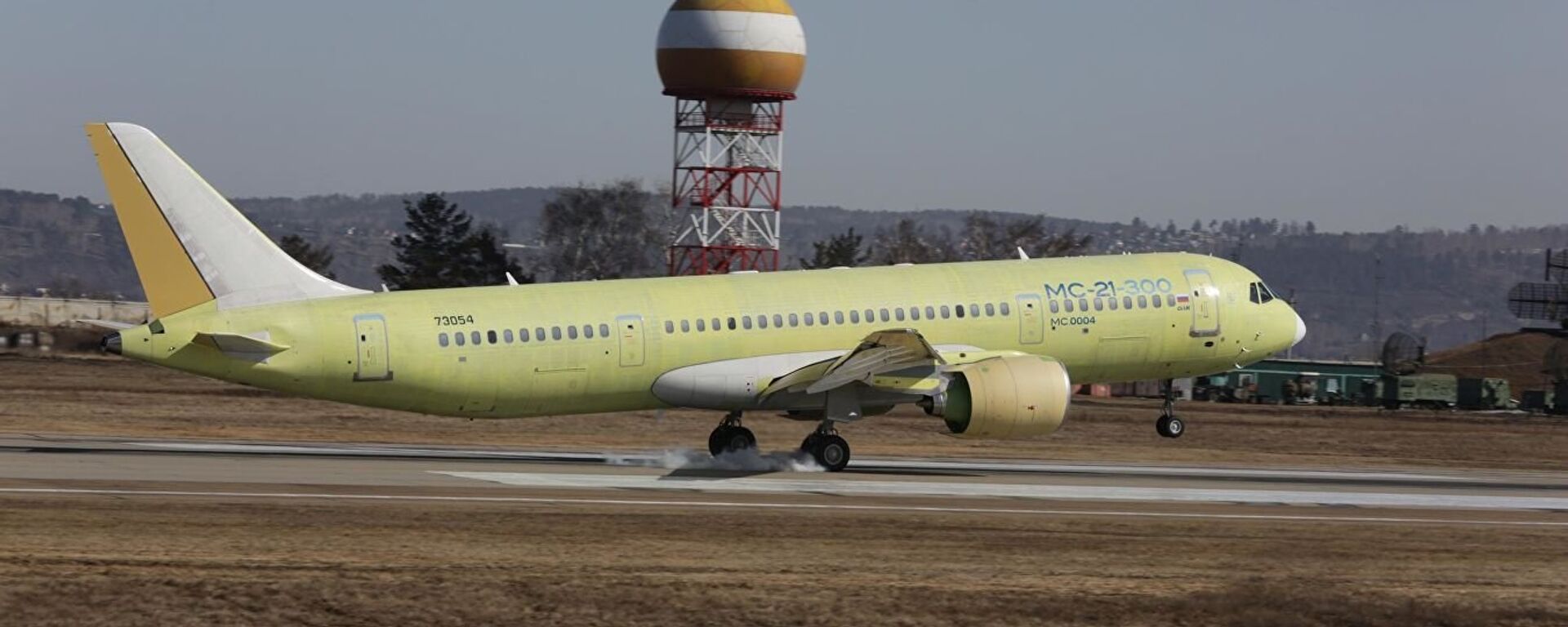Russian Commercial Aviation’s Rebirth Comes Just in Time Amid Boeing 737 MAX 9 Scare
19:10 GMT 07.01.2024 (Updated: 19:16 GMT 07.01.2024)
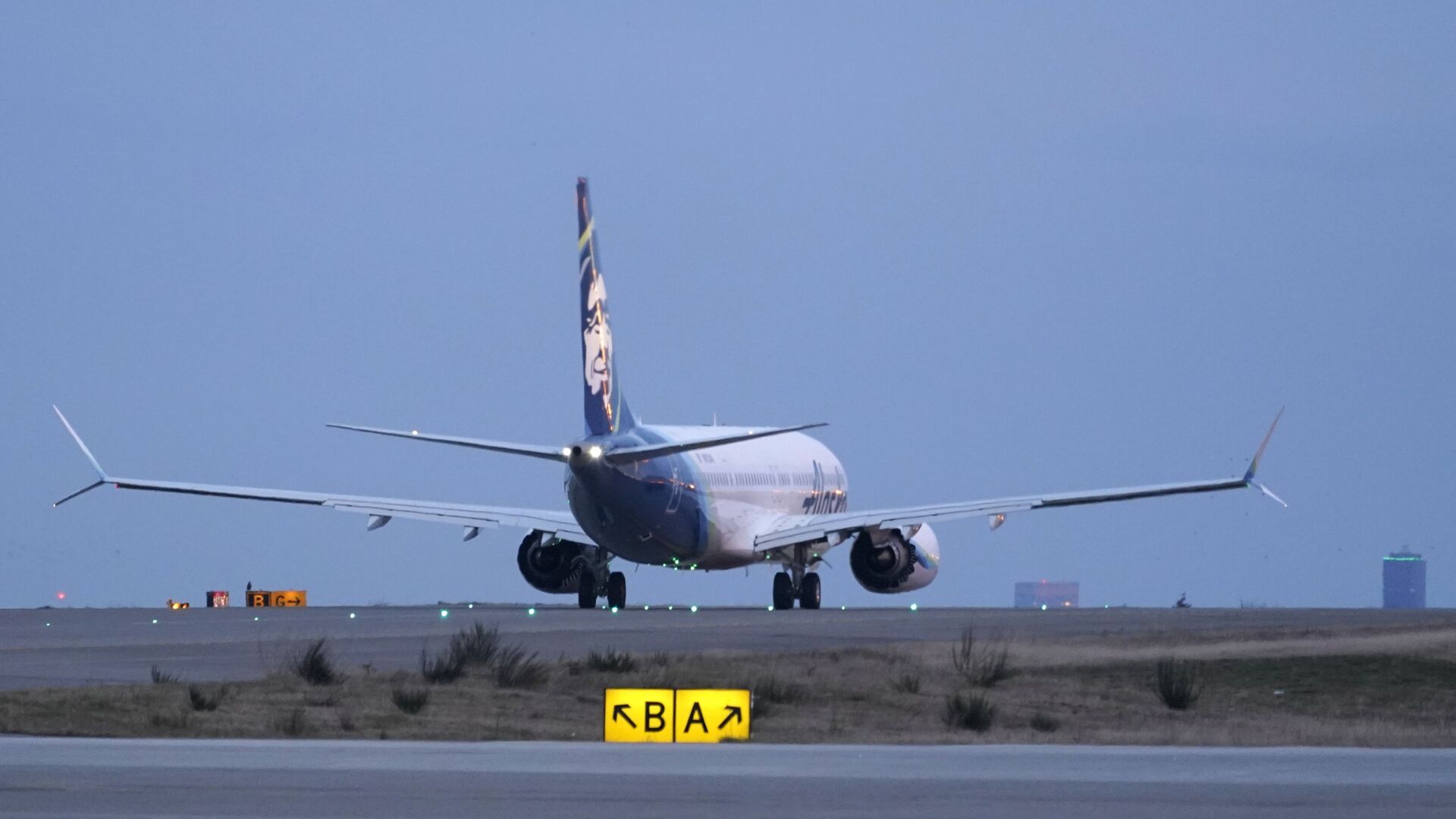
© AP Photo / Ted S. Warren
Subscribe
The FAA grounded 171 Boeing 737 MAX 9s on Saturday, a day after an Alaska Airlines MAX 9 jetliner had one of its emergency exit doors blow off mid-flight. Sputnik asked one of Russia’s leading aviation experts what the setback means for Boeing, and for Russian aircraft producers looking to restore Russia’s status as a major civil aviation power.
Airlines around the world are following the US Federal Aviation Administration’s lead in grounding their fleets of Boeing 737 MAX 9 jetliners following Friday’s Alaska Airlines close call, with Turkish Airlines, Panama’s Copa Airlines, Aeromexico and others halting the planes’ operation to conduct a series of safety checks. The European Union’s Aviation Safety Agency took note of the FAA’s directive, while Britain’s Civil Aviation Authority announced that any 737 MAX 9s operating in the country’s airspace would be required to comply with the FAA’s grounding order.
The Alaska Airlines incident involved a Boeing 737 MAX 9 on its way from Portland, Oregon to Ontario, California, with the plane suffering an unused emergency exit door blowout at an altitude of 16,000 feet (4,876 meters), followed by severe cabin depressurization, shortly after takeoff. One passenger onboard the ill-fated plane characterized the flight as a “trip from hell,” with several others requiring medical attention for minor injuries after the jetliner touched back down in Portland. Fortunately, none of the 177 passengers and crew onboard the plane were seriously hurt.
The MAX 9 close call follows a notice by Boeing just last month urging airlines to re-inspect all MAX series jets for a “possible loose bolt” issue in the plane’s rudder control system.
The American aerospace and defense giant’s problems with its MAX 9 series 737s comes several years after its reputation took a severe hit globally after 346 people were killed in crashes in Indonesia and Ethiopia in 2018 and 2019 in flights aboard nearly new MAX 8-series planes caused by faulty cockpit software design and faulty sensors.
Issues at Boeing
“The fact that the 737 MAX model seems to be plagued by various operational problems suggests that certain gaps and shortcomings exist in the organization of work at Boeing and among its contractors, and this has led to a decrease in the level of safety of products manufactured by the American company,” Oleg Panteleev, a leading Russian civilian aviation expert and head of AviaPort, a Moscow-based aviation affairs think tank, told Sputnik.
“After the change of leadership at Boeing [taken after the deadly 2018-2019 incidents, ed.], extraordinary measures were taken to eliminate problems which had been discovered, to restructure work with suppliers, increase the level of quality control of components and so on. Unfortunately, it cannot be said that all this work has led to the expected result,” the observer noted, adding that incidents like Friday’s Alaska Airlines close call “obviously do not add points to the American aircraft manufacturer. And if until recently serious aviation accidents hit the company hard in terms of reputation, image, market position and financial outcomes, then the persistence of problems with key aircraft of the 737 MAX family could actually threaten Boeing’s ability to hang on to this serious market niche,” Panteleev stressed.
The causes of the Alaska Airlines incident will be uncovered in due course, the expert believes, with aviation authorities tasked with checking all potential operational issues specifically associated with the 737 MAX line, including its features, design characteristics, and manufacturing technologies involved in making the aircraft and its components.
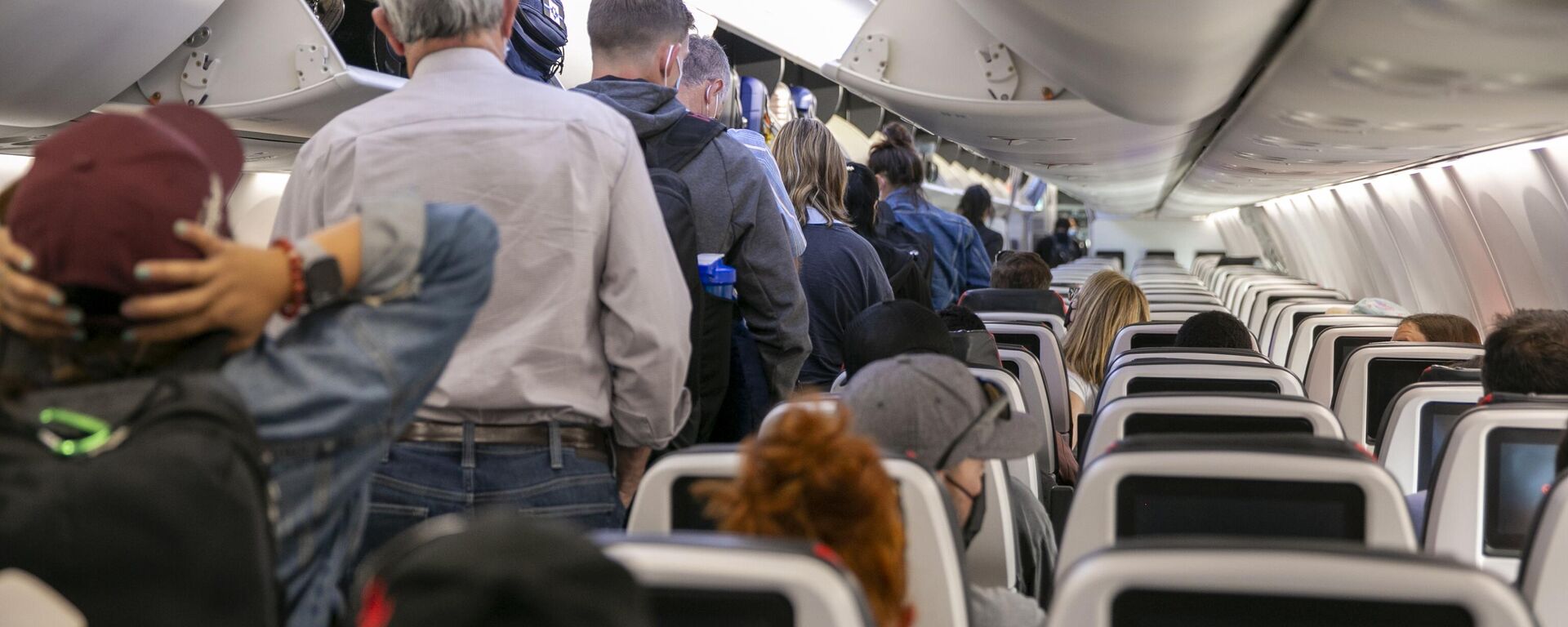
29 December 2023, 00:37 GMT
European Partners Wait in the Wings
Asked how the situation with Boeing’s troubled 737 lineup may impact the global aviation market, and how the other global civilian aviation titan – Airbus, might respond, Panteleev said that the European company will naturally try to increase deliveries of its 320 line of jets to potential customers. But actually succeeding in doing so is another matter, he believes.
“Here, to a great extent, Airbus’s ability to take advantage of the current situation depends on the production capabilities of both the company and its suppliers. Getting more out of this situation than they already are is quite difficult. Especially because no one can unambiguously assess the scale of problems associated with the 737 MAX family of aircraft,” the observer explained.
If, for example, it turns out that the Alaska Airlines 737 MAX 9 incident was the result of damage suffered by one plane specifically, on the ground before flight, for example, then the problem won’t apply to other operational MAX 9s.
“But if the problem is related to suppliers, to the design as a whole, affects a large number of aircraft and, accordingly, requires serious modifications, Boeing will incur serious reputational and material costs. But again, it’s too early to judge this now. We must wait for the results of the investigation,” Panteleev urged.
Russia’s Opportunity to Take Flight
Russian airlines aren’t known to operate any Boeing 737 MAX 9s, and ungrounded two S7 Airlines-leased 737 MAX 8 jets in 2022 to allow them to be returned to their California-based leasing firms. S7 had ordered 10 MAX 8s for its fleet, but fortunately received only two before the jetliners were grounded, and before Western countries slapped crippling sanctions on Russia’s civil aviation sector in an attempt to collapse it (the attempt failed, by the way).
The sanctions frenzy has served to accelerate Russia’s drive to regain its status as a major civil aviation power, harking back to the Soviet period, when domestic manufacturers enjoyed a domestic monopoly, and produced as much as a third of all civilian aircraft operating in the world.
“We need to develop our own aircraft production. I hope all plans – and we plan to make more than 1,000 of our own airplanes by 2030, will be implemented,” President Putin said during his year-end Direct Line Q&A session in December. “Specialists, pilots, and passengers will have something to fly on,” Putin assured.
Panteleev noted that although a “considerable part” of these expected 1,000 planes will be made up of smaller aircraft, they will also of course include the Irkut MC-21 jetliner – a direct competitor to the Boeing 737 MAX and Airbus A320 series of planes.
“The manufacturer’s goal is to reach a rate of assembly of more than 70 aircraft per year by the end of the current decade. And, generally speaking, we proceed from the fact that the implementation of these plans to produce about 1,000 new Russian aircraft will allow us to fully satisfy the demands of Russian airlines for aircraft, from medium and short-haul to regional and local airlines,” the expert said.
Key to this process, Panteleev stressed, is the maintenance of sufficient financing – both at the state level and by airlines. “Because for a very large number of new aircraft, it’s necessary to correspondingly find a very large amount of financial resources in order to finance the leasing of these aircraft. The task is not a trivial matter, but as we see, the government seems very, very serious about solving it.”
How Does MC-21 Stack Up Against Boeing and Airbus’s Best?
“The MC-21 has the widest fuselage and most spacious passenger cabin among its contemporaries. This means more individual space for passengers, more light in the cabin, and more options for carrying hand luggage and baggage. Other advantages of the MC-21 include wings made of composite materials, which can significantly improve the aerodynamic characteristics of the aircraft and ensure fairly high fuel efficiency in comparison with its competitors. Therefore, even if we discount the fact that Russian airlines under sanctions cannot purchase Western-made aircraft, the MC-21 and the Sukhoi Superjet 100 are competitive and attractive for Russian airlines,” Panteleev emphasized.
As for the latter aircraft, which are smaller jets meant for regional jaunts between 3,000 and 4,500 km, they remain “very competitive” today even though they were first developed almost two decades ago, especially when judged along the “price/quality ratio,” the observer noted. Of course, the fully-localized version of the aircraft is only now being tested, “but in general, the characteristics achieved on aircraft with import-substituted components will be no worse than the originals,” Panteleev believes.
Over 230 Sukhoi Superjets have been built to date since their introduction in 2011, with Russian operators forced to take emergency measures to secure parts and maintenance after the US and the EU slapped sanctions affecting its imported elements. An import-substituted Superjet with 40 swapped systems and components made its maiden test flight last August, with tests confirming the successful operation of all systems, flight control and stability. A second prototype with domestically built PD-8 engines is expected to begin testing later this year.
As for the MC-21, eighteen jetliners are currently in production, with the first deliveries to airlines expected to begin before the end of the current year.

